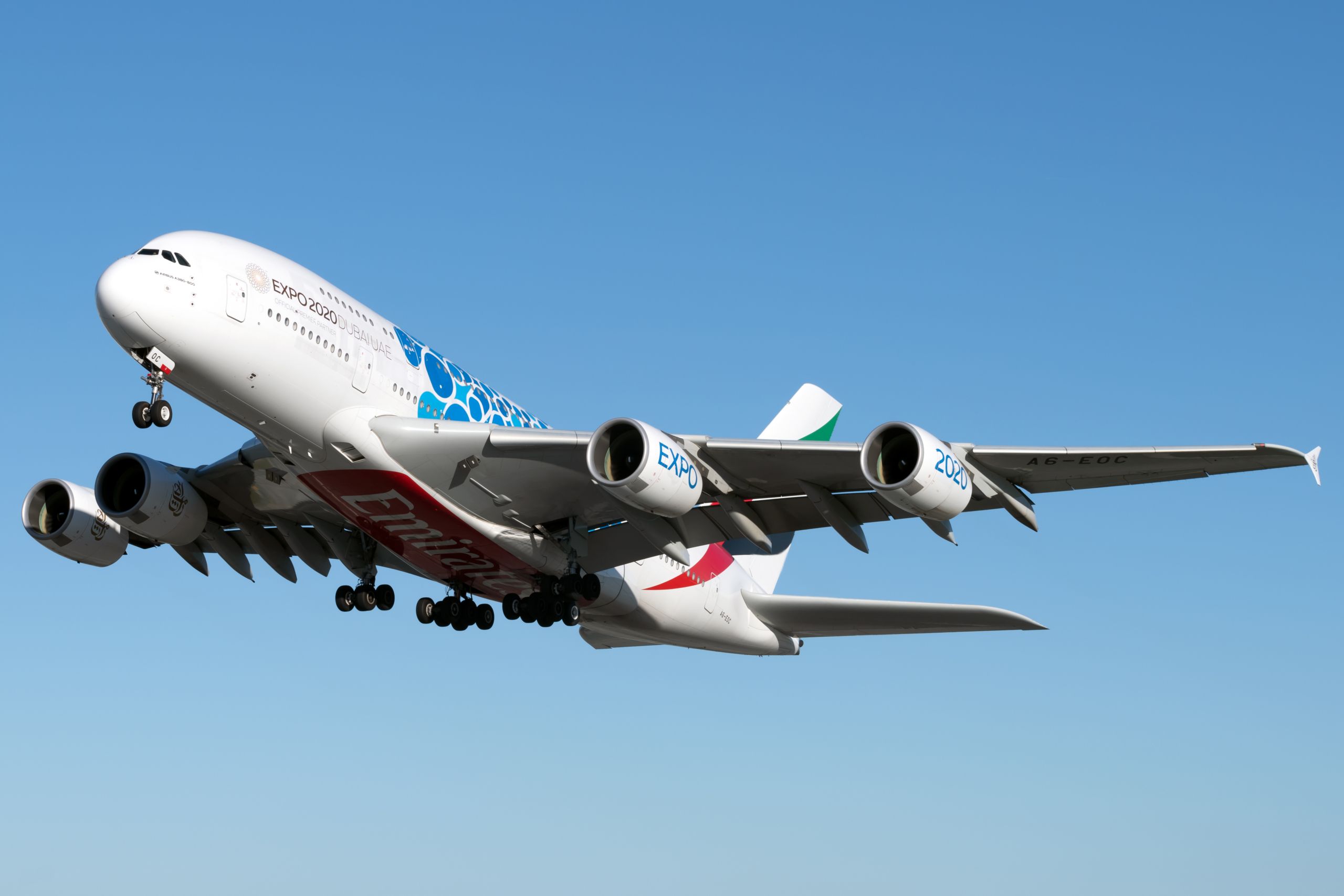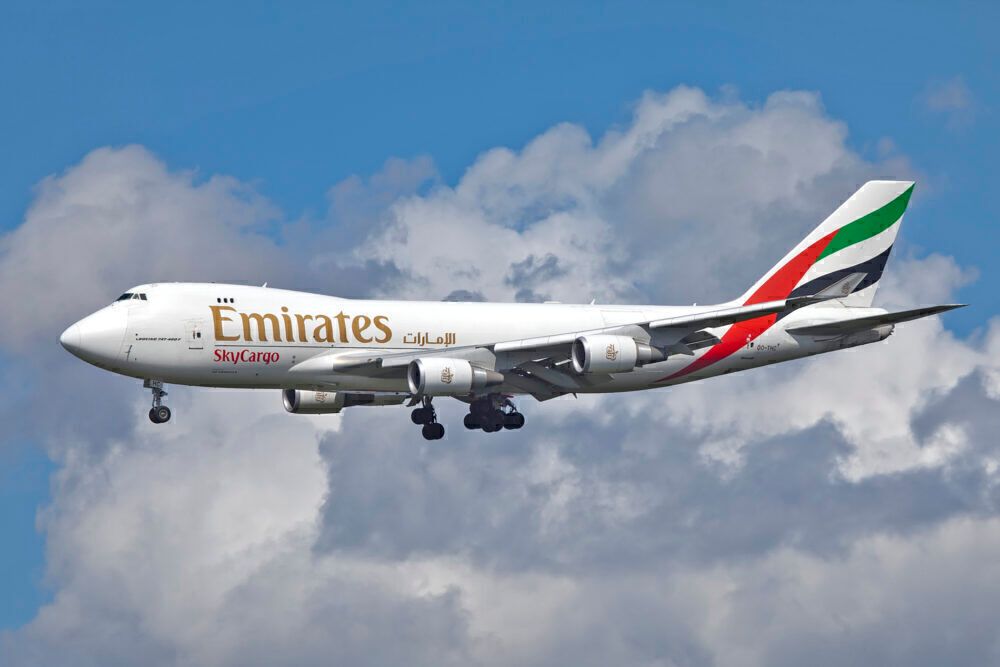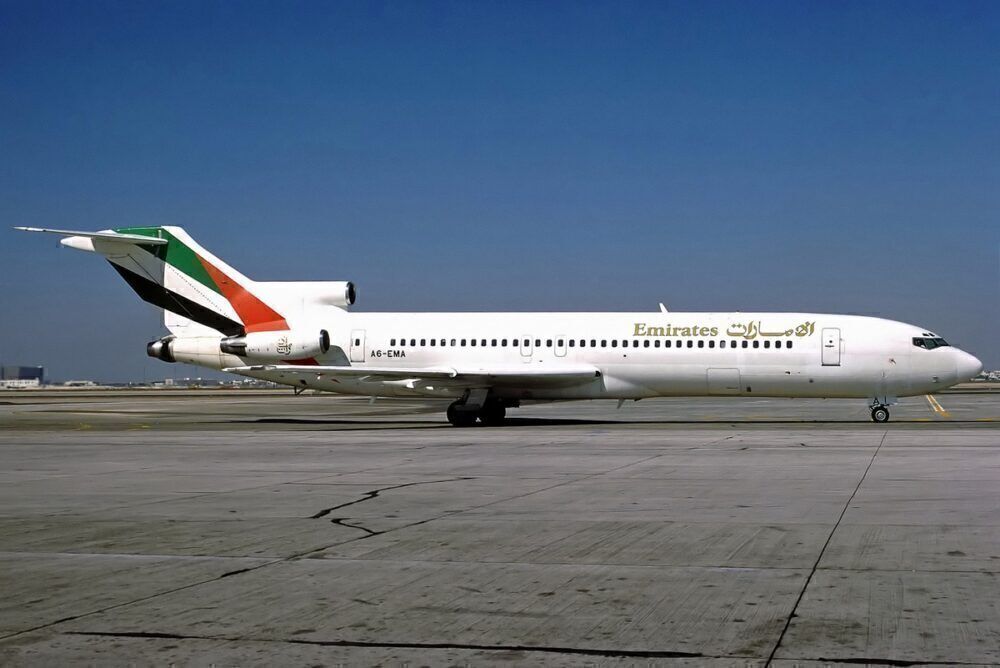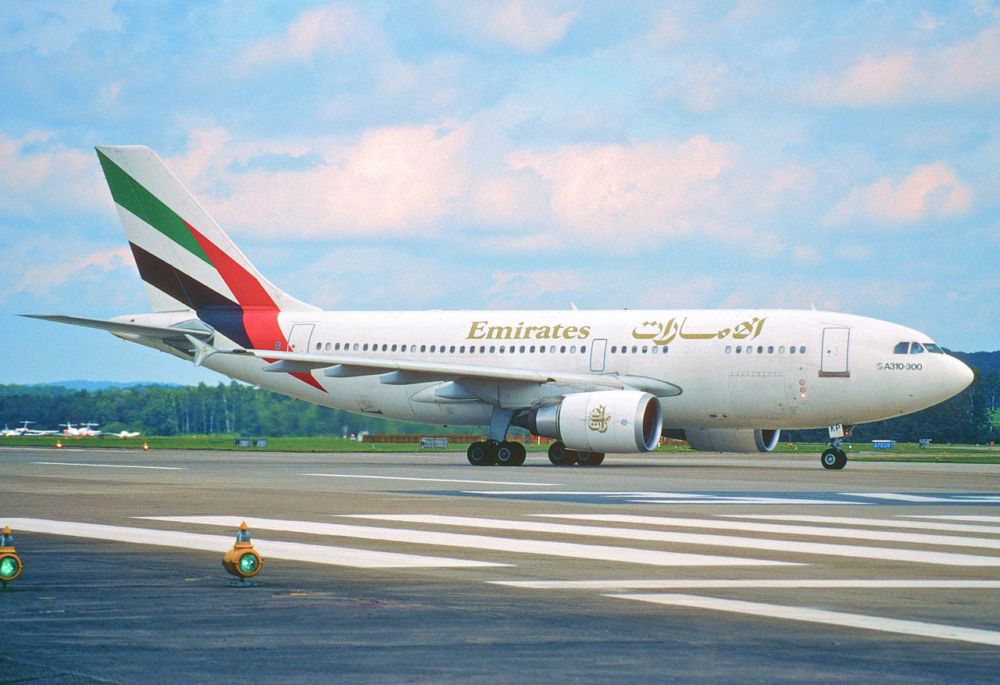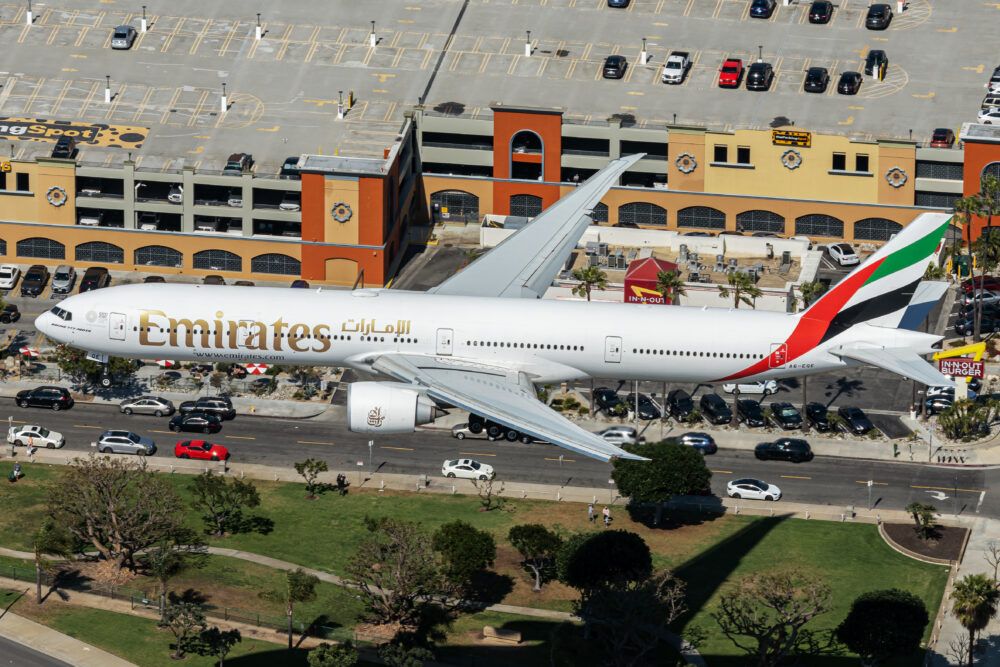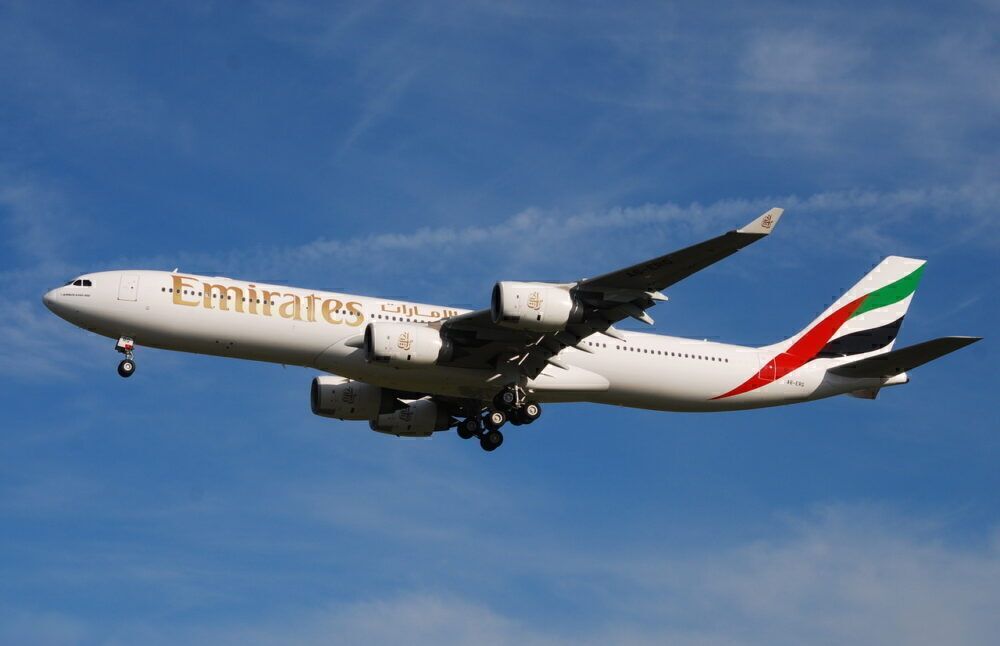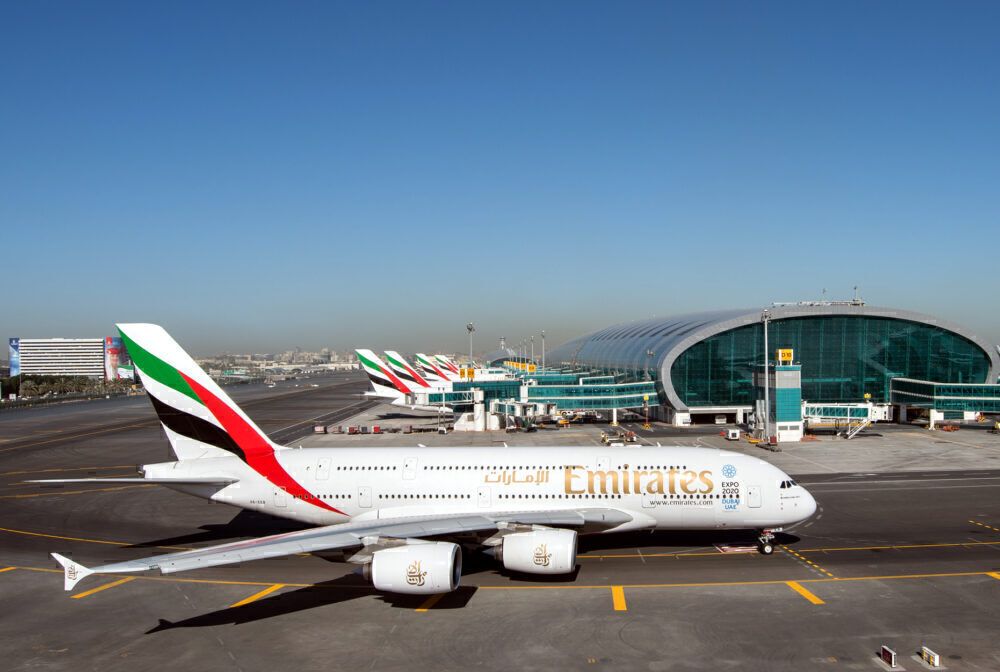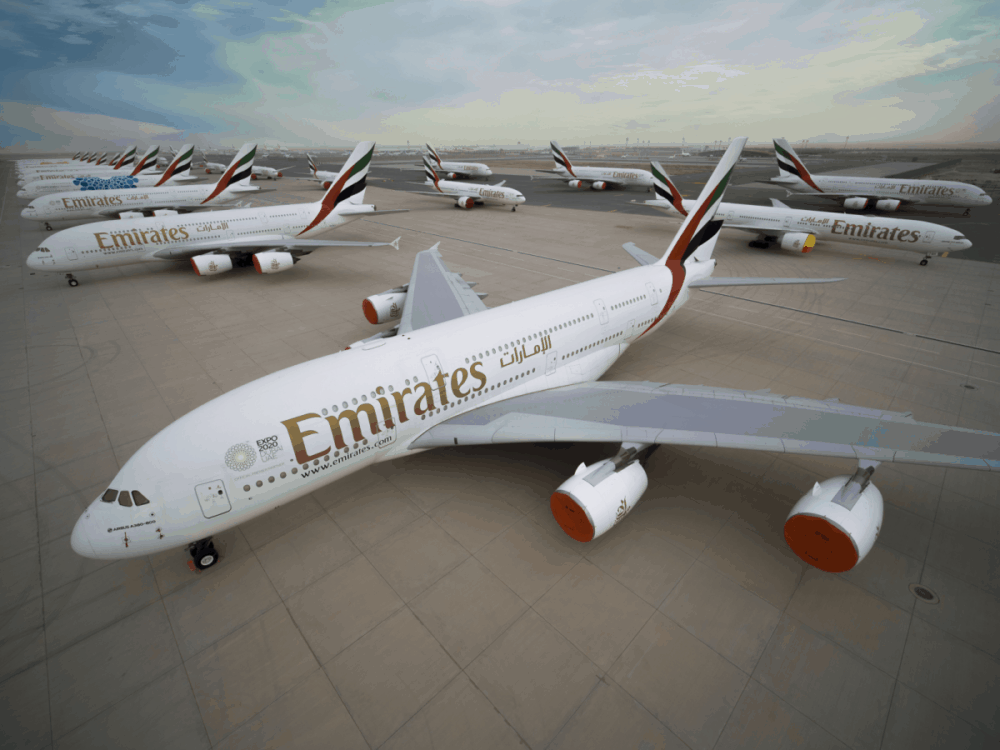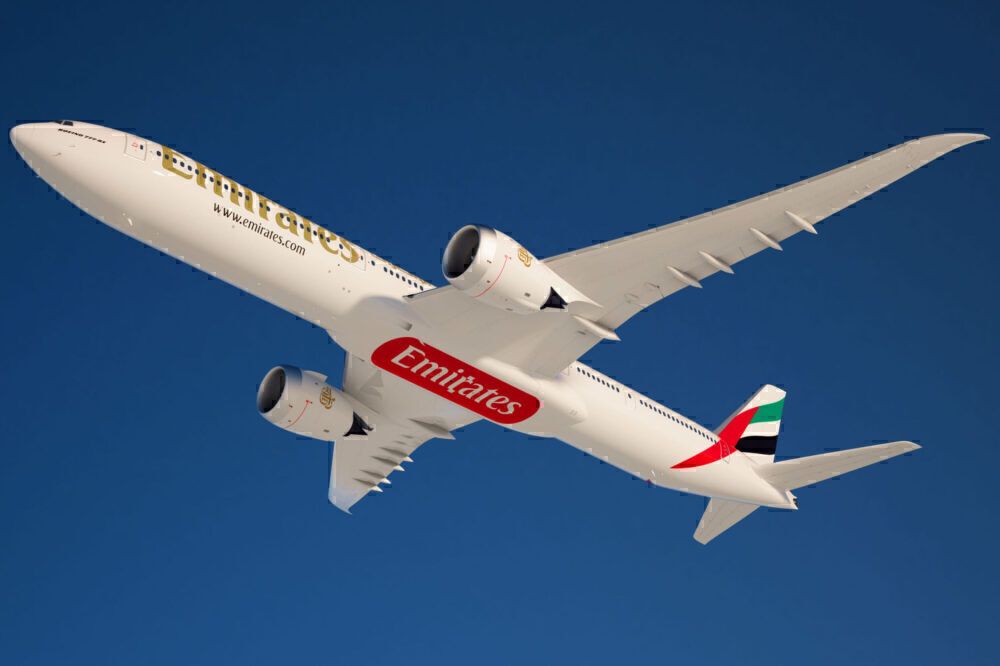Emirates is well known today for its all widebody fleet of just A380 and Boeing 777 aircraft. But it has only been this way since 2016 (when it retired its last A340). It operated several aircraft types before then and will do again soon. This article explores more.
Emirates fleet
Before we go into details about the aircraft Emirates has operated, let's take an overview of all the types and how many aircraft have been in the fleet over the past 36 years. All fleet information is based on data from planespotters.net.
- A300: Seven aircraft (one A300B4 leased from PIA and six A300-600s)
- A310-300: 13 aircraft
- A330: 29 A330-200 aircraft
- A340: 18 aircraft (eight A340-300s and 10 A340-500s)
- A319: one aircraft
- Boeing 727: three aircraft
- Boeing 737: one aircraft
- Boeing 777-200: 19 aircraft
- Boeing 777-300: 158 aircraft (146 of these are 777-300ER)
- Airbus A380: 123 aircraft in total
In the cargo fleet, it has also operated the Boeing 747 (six 747-400s) and currently the Boeing 777F.
Starting with the A300, 727, and 737 - on loan
The origin of Emirates is an interesting story. Compared to other airlines (some now celebrating 100 year anniversaries), it is a newcomer. But it was the first of the three major Middle Eastern airlines to start operations.
Emirates' story begins in 1985 with the need for a new airline after Gulf Air began removing regional services. Funding came from the Dubai royal family and Pakistan International Airways (PIA). PIA also provided the initial aircraft on lease - one A300-200 and one 737-200 aircraft. They were painted in Emirates livery but were operated initially by PIA pilots and crew.
Three Boeing 727s were soon added to the leased fleet in 1986. Two of these came from the Royal Family's Dubai Air Wing.
These aircraft all had different service lengths with Emirates:
- The original A300 was returned to PIA in November 1988
- The 737 was returned to PIA in 1987
- The 727s remained in the fleet until 1995. They moved on to cargo operations with Kalitta Air and AeroMexpress after retirement.
Emirates first aircraft - A310
Emirates soon moved to ownership of aircraft, purchasing an A310 in July 1987 (registration A6-EKA). With this, routes expanded to London by the end of the year.
Ownership of both the A300 and A310 expanded - with a total of seven A300s (the six purchased were A300-600 aircraft) and 13 A310-300s joining the fleet.
The A300s remained in service until 2003, with the final two aircraft moving to Lufthansa. The retirement of the first A310 was in 1997, but the last remained in service until 2008.
Bringing in the Boeing 777
Emirates made its first order for the 777 in 1992, for seven aircraft with seven further options. This marked the start of a relationship with the series that will continue well into the future. Emirates has become the largest operator of the type and has a huge commitment in the future, with the 777X set to slowly replace the A380.
The 777-200 was the first to enter service in June 1996. The first seven aircraft were operated on lease, with Emirates first owned 777-200 joining the fleet in October 1998. The first 777-300 arrived in November 1999. Many more orders, and deliveries, followed, with the last passenger 777-300ER delivered in late 2018.
The A330 and A340
Emirates has always been a joint Boeing and Airbus operator. Its 777 twin-engine widebody order was joined by one for the Airbus A330. As it did with the 777, Emirates leased its first aircraft (from 1999) and took delivery of its first own aircraft in January 2000. It went on to operate 29 A330s, with the last retiring in October 2016.
It also moved into quadjets with the larger A340, receiving its first in October 2003. It operated eight A340-300 aircraft and 10 A340-500s. The last retired along with the A330 in 2016.
Emirates today - the 777-300 and the A380
Emirates today operates just the Boeing 777 and Airbus A380. It is the world's largest operator of each type. These work well together on its hub-based operations. The A380 is used for high-capacity routes and busy airports, whilst the 777 operates other routes.
Its success with the A380 is particularly noteworthy. Emirates has made the A380 work well, whereas other operators have struggled. We have looked at this in detail before - with the main factors being Emirates' true hub network, as well as the economies of operating such a large fleet.
It was the first airline to order the A380, with an initial order for five aircraft and five further options, in 2000. This was followed by an impressive order for 21 aircraft at the Paris Air Show in 2003. Further orders have followed, with the largest for 50 aircraft made at the Dubai Air Show in 2013.
Its total A380 order has since been reduced (and switched to A350s), but with 117 in the fleet now and the last aircraft still on the way, it remains hugely committed. Of course, it has seen reduced demand with the global slowdown. But as of March 2021, Emirates plans to operate it to 18 cities by the summer. And by the end of the year, it aims to return the whole fleet to service.
Emirates' lone A319
The one outlier in the Emirates fleet is its single Airbus A319 aircraft. It joined the fleet in May 2013 and remains in service.
But you are not going to find this operating any upcoming scheduled fights. It is configured as a luxury jet and is rented out for private use. It is a great space, though - we took a closer look previously. The front area is laid out as a living or workspace, with ten individual suite-style seats behind this.
Emirates future fleet
A discussion of Emirates' fleet wouldn't be complete without a quick look at its future plans. After several years as an operator of just two types, Emirates will soon return to a more diverse fleet.
Emirates ordered 150 Boeing 777X aircraft in 2013 (35 777-8 and 115 777-9 aircraft) - the largest order for the type so far (Qatar Airways is next with 60 aircraft). It later changed this to a mixed 777X and 787 order. It will also add the A350 and possibly the A330neo.
With delays to the 777X program, Emirates will most likely not receive its first 777X aircraft until 2024. The A350s are currently planned to arrive from 2024. These aircraft will replace the replace A380s and 777s as they age. And they will maintain Emirates’ position as a split Boeing and Airbus operator long into the future.
Would you like to share any thoughts or comments on Emirates fleet choices in the past or going forward? Are you looking forward to the new aircraft? Let us know in the comments.

